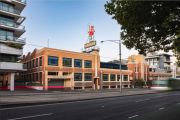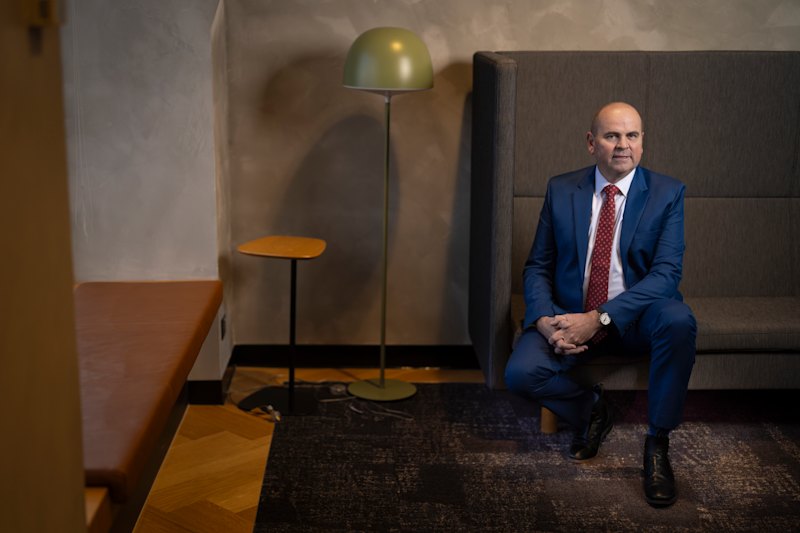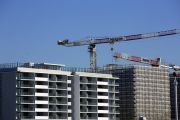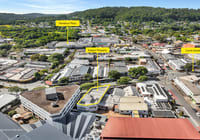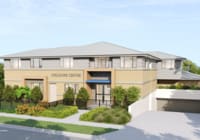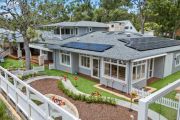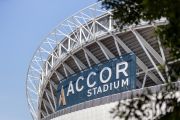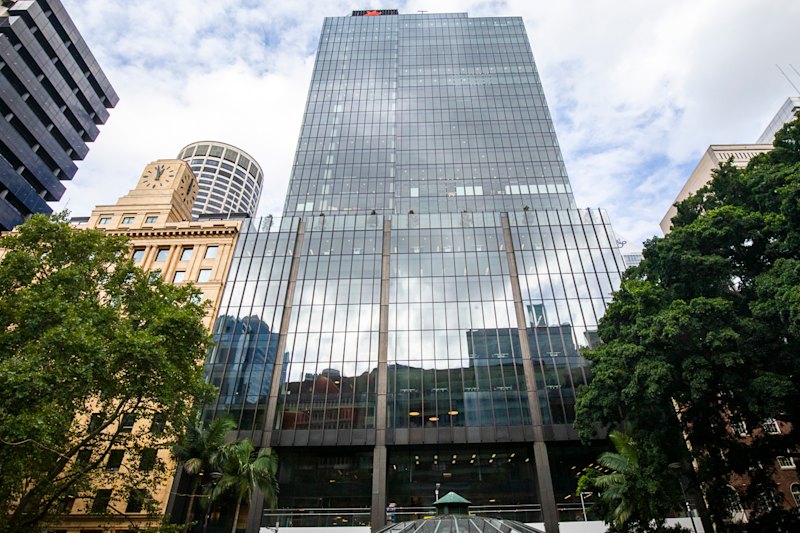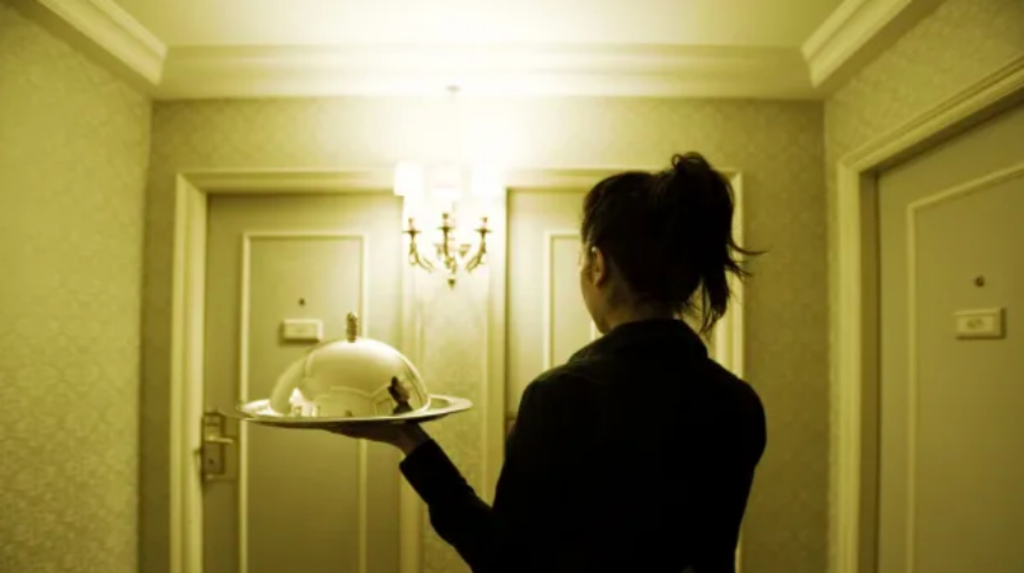
Return to pre-COVID hotel demand not until 2023
Hotel occupancy rates until September are running below 20 per cent in Sydney, Melbourne, Adelaide and Darwin, according to bookings tracked by industry analysts STR.
The data highlights the slow pace of recovery expected for an industry decimated by COVID-19. STR does not expect a return to pre-COVID hotel accommodation demand levels in most markets until 2023.
“As of 15 June, when looking at the next 90 days (through 7 September), there is still very little forward occupancy across the four capital cities and the Sydney surrounding area,” said STR.
“Among the four capital cities [Sydney Melbourne, Adelaide and Darwin], forward occupancy sits below 20 per cent in all markets except Darwin, which shows occupancy above 20 per cent between 27 July and 10 August.”
Occupancy may be higher on the actual day if more bookings are made closer to the time or lower if – as is the likely case in Melbourne – there is a rise in cancellations. Prior to the pandemic, Sydney and Melbourne were averaging 70 to 80 per cent occupancy rates.
“The outlook for occupancy is between 10 and 30 per cent for most days [between now and September],” said STR regional Pacific manager Matthew Burke,
“You would need lots of new bookings to achieve a 70 to 80 per cent occupancy rate,” he said.
However, Mr Burke said, hotels no longer had access to bookings that came from meetings and conventions, while corporate travel remained “very subdued”.
“You’re not getting international tourism and domestic travel is largely concentrated on the weekends. People usually travel domestically to attend an event, but those are still quite limited,” he said.
Reflecting the domestic nature of travel, STR forward occupancy data showed destinations a short drive from Sydney, including the Hunter Valley, Blue Mountains, Wollongong and Newcastle, outperformed the Sydney market over the school holidays with forward occupancy between June 29 and July 13 above 25 per cent.
In June, Melbourne registered its first month of occupancy above 30 per cent and room revenues (revPAR) above $40 a night since the start of the pandemic in March.
However, STR said Melbourne’s July performance was likely to be “negatively” affected due to the reinstatement of stage three stay-at-home restrictions which will last until the middle of next month.
“When looking at monthly forward occupancy for Melbourne and Sydney, the metric sits below 30 per cent for the next 12 months. October and November show slightly higher occupancy than the other months but is still relatively low,” said STR.
Although STR expected demand to recover to about 60-80 per cent of 2019 levels over the next six to 12 months, it did not expect demand to recover to 2019 levels in most markets until 2023.
Heidi Kunkel, Hilton’s vice-president of operations for Australasia, said the global hotel operator was seeing “some encouraging signs of business growth across Australia, especially as weekend leisure demand from domestic markets continues to pick up”.
“Mid-week demand however continues to be a challenge with corporate business not forecasted to return for some time,” Ms Kunkel said.
“We still have a long way to go and the critical priority for us now is to capture demand where it exists in an agile and adaptable manner.
“Meetings and events are a core part of our business and are critical to the recovery of many of our hotels. I am pleased to see a small number of meetings and events business start to return, and I remain hopeful that this will increase as COVID restrictions ease across the country,” she said.

